Authorities in the Russian city Khabarovsk have announced a state of emergency. The cause was a radiation source found at a nuclear facility called ‘Radon’ in the city’s Industrialny district.
There has been no explanation about what’s causing the radiation, but authorities say the threat has been contained. Nonetheless, the state of emergency will remain active for at least three days.
A “Boy” Made the Initial Discovery
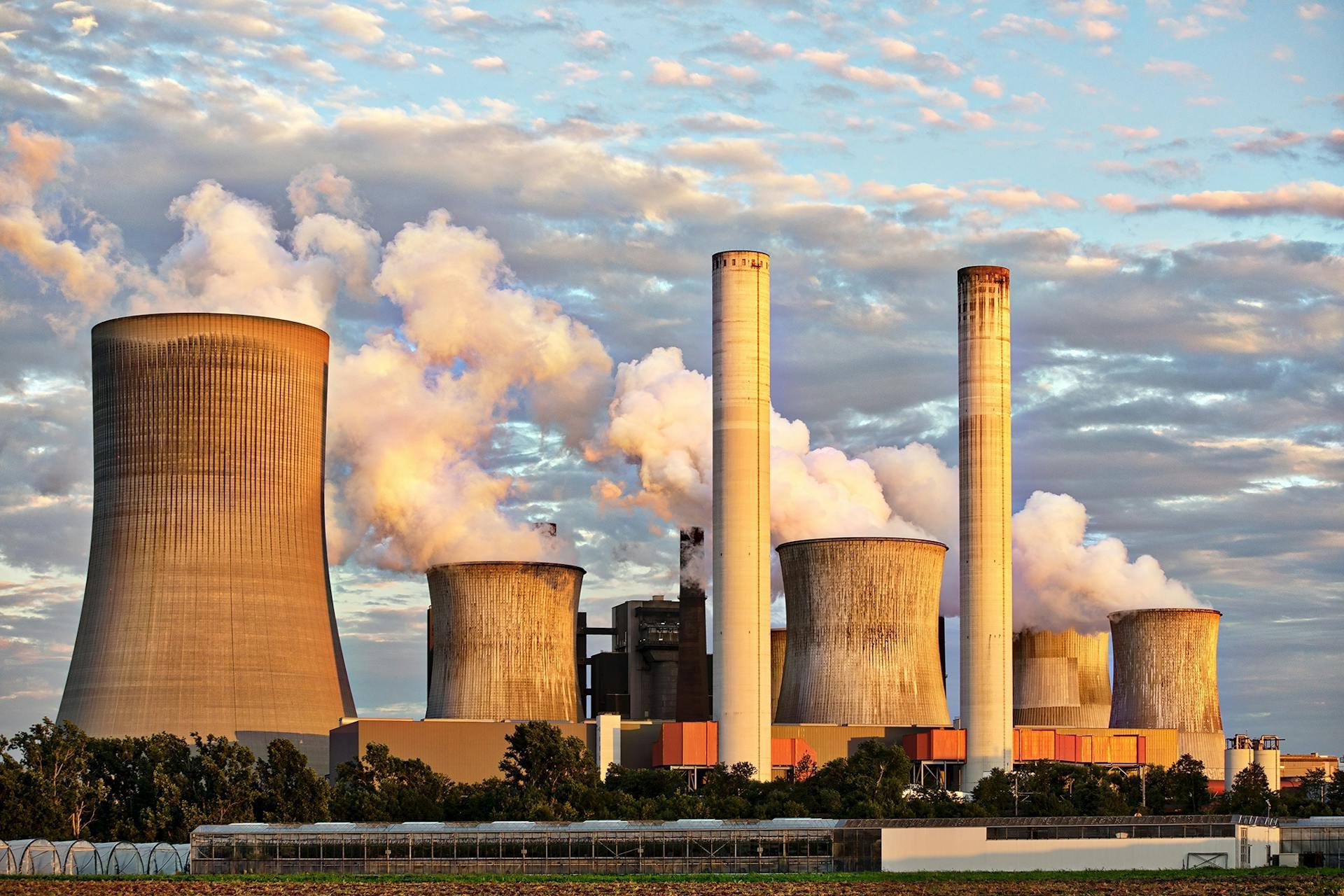
The initial discovery of the potential radiation leak happened in the last week of March, on the 28th, reported by Russian news agency TASS.
The radiation level was said to be detected near a power pylon, around 2.5 km from residential buildings. Additional reports from Metro said a ‘boy’ made the initial reading on that date and reported it to the Russian special services.
No Explanation

However, officials in Khabarovsk only announced the state of emergency on April 5, about a week after the discovery was made. And the authorities did not have an explanation of what caused the radiation.
It was not explained why it took a week for the state of emergency to be declared. Although the Russian authorities did reassure there was no risk, the entire town of Khabarovsk was entitled to being concerned over their well-being.
Radiation Levels
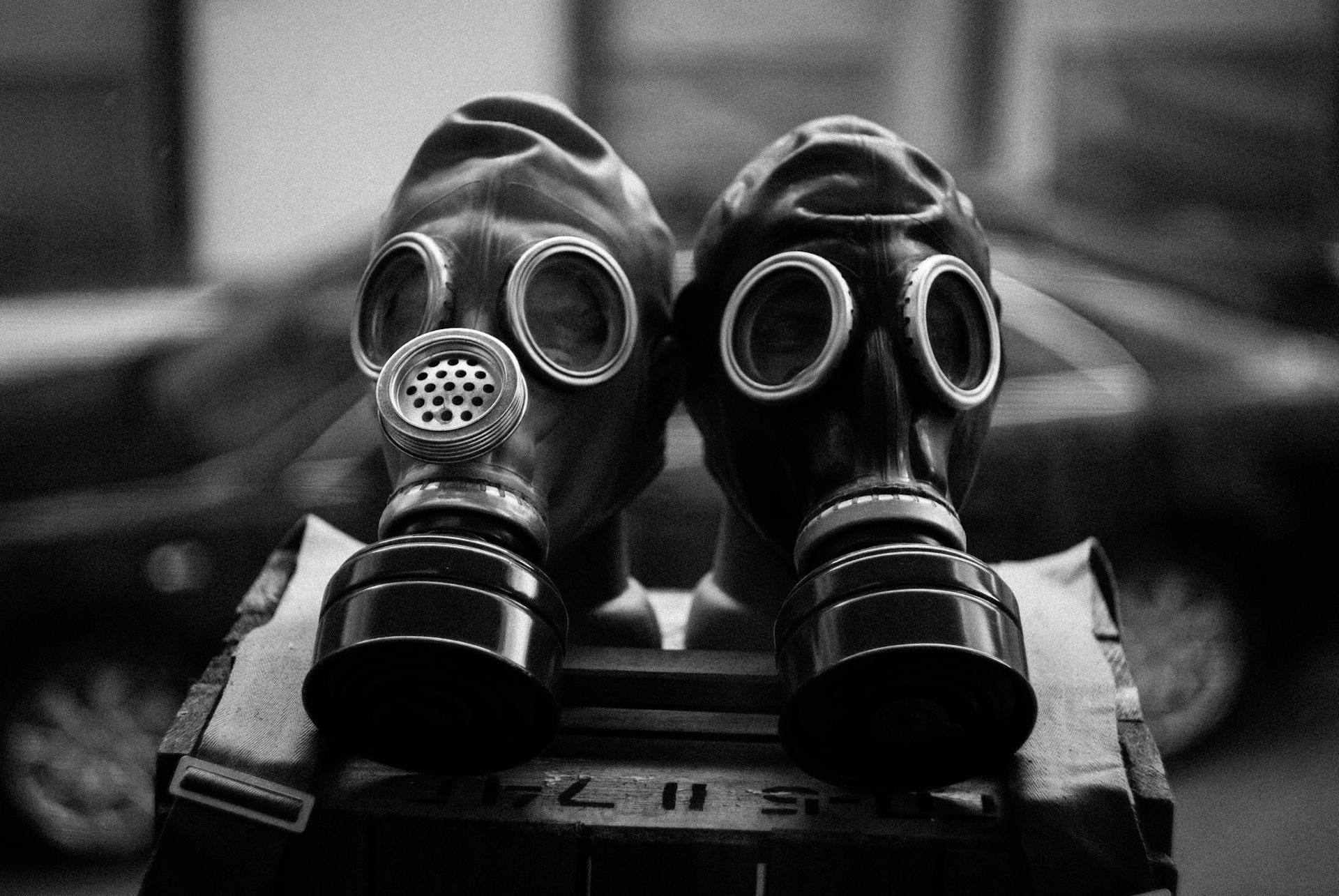
Videos of the radiation leak also appeared on social media. Metro released a video of a man wearing a nuclear protective gear walking in the dark with a device showing radiation levels.
He walked over a “waste dump,” and the radiation reader’s alarm sounded at 0.45 microsieverts. The reading on the screen showed 5.99. But the man himself was saying that there was a reading of 20, a high enough number to pose health risks to humans like cancer, fetal damage, and children’s health threats.
The Reason for a State of Emergency
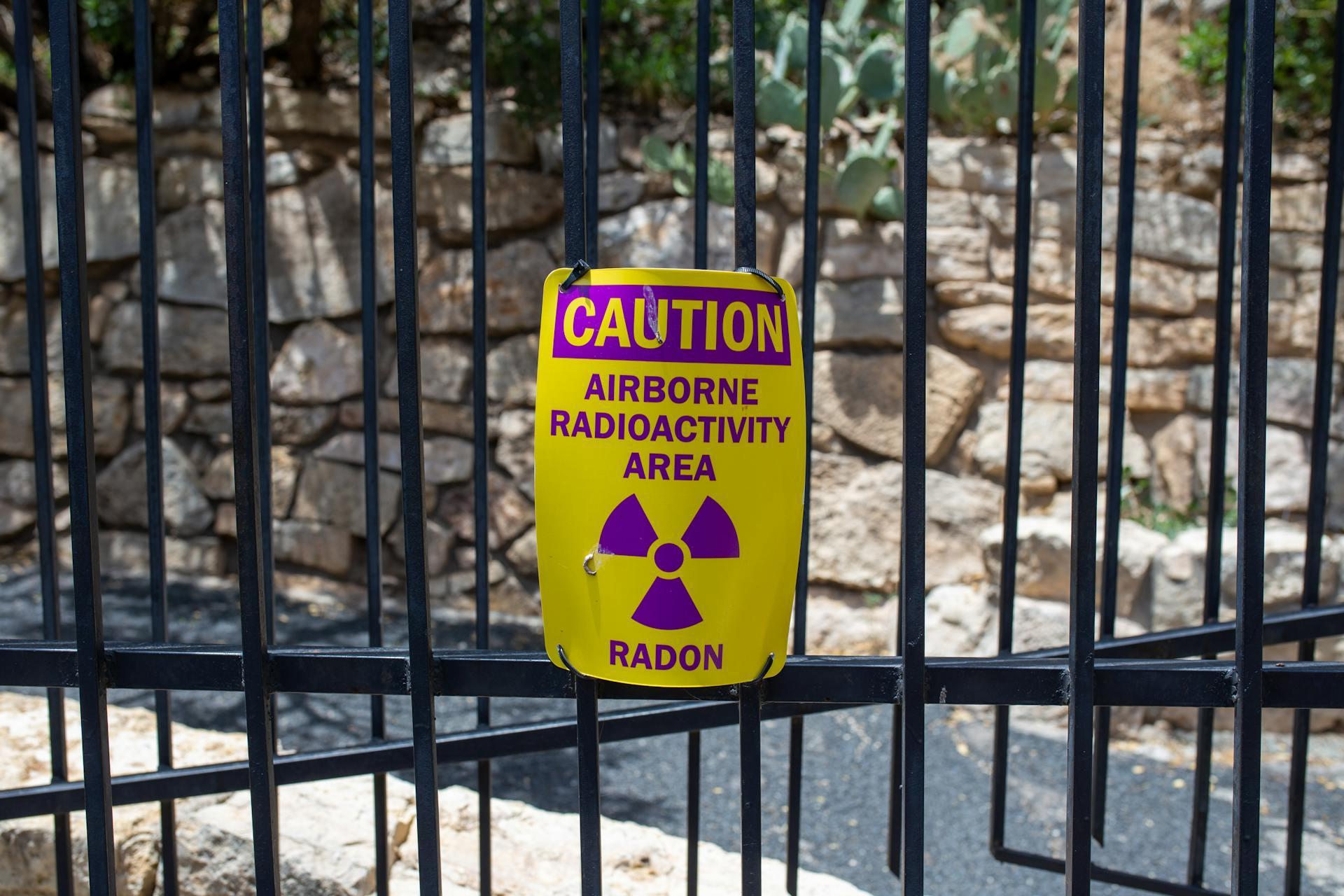
The state emergency was raised because the local government wanted specialists to work faster in locating the radiation’s source.
The head of civil defense in the city, Andrey Kolchin stated, “A source of increased radiation levels was discovered. The area was cordoned. It was decided to introduce a state of emergency in Khabarovsk to carry out work faster.”
Finding the Origin
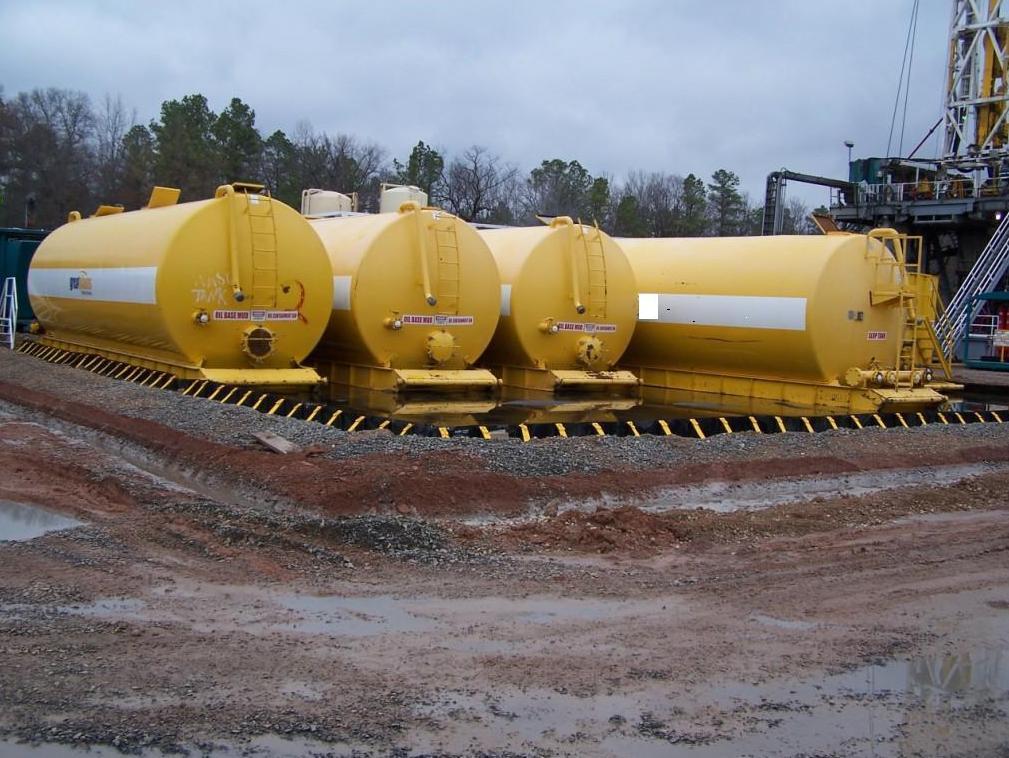
Once located, the mysterious source of the radiation was “removed and placed in a protective container” to be “transported to a radioactive waste storage facility.” Officials also said there was no environmental pollution and no threat to society.
However, since law enforcement agencies needed to further examine the origin of the leak, the state of emergency would remain for three days.
Khabarovsk’s Location
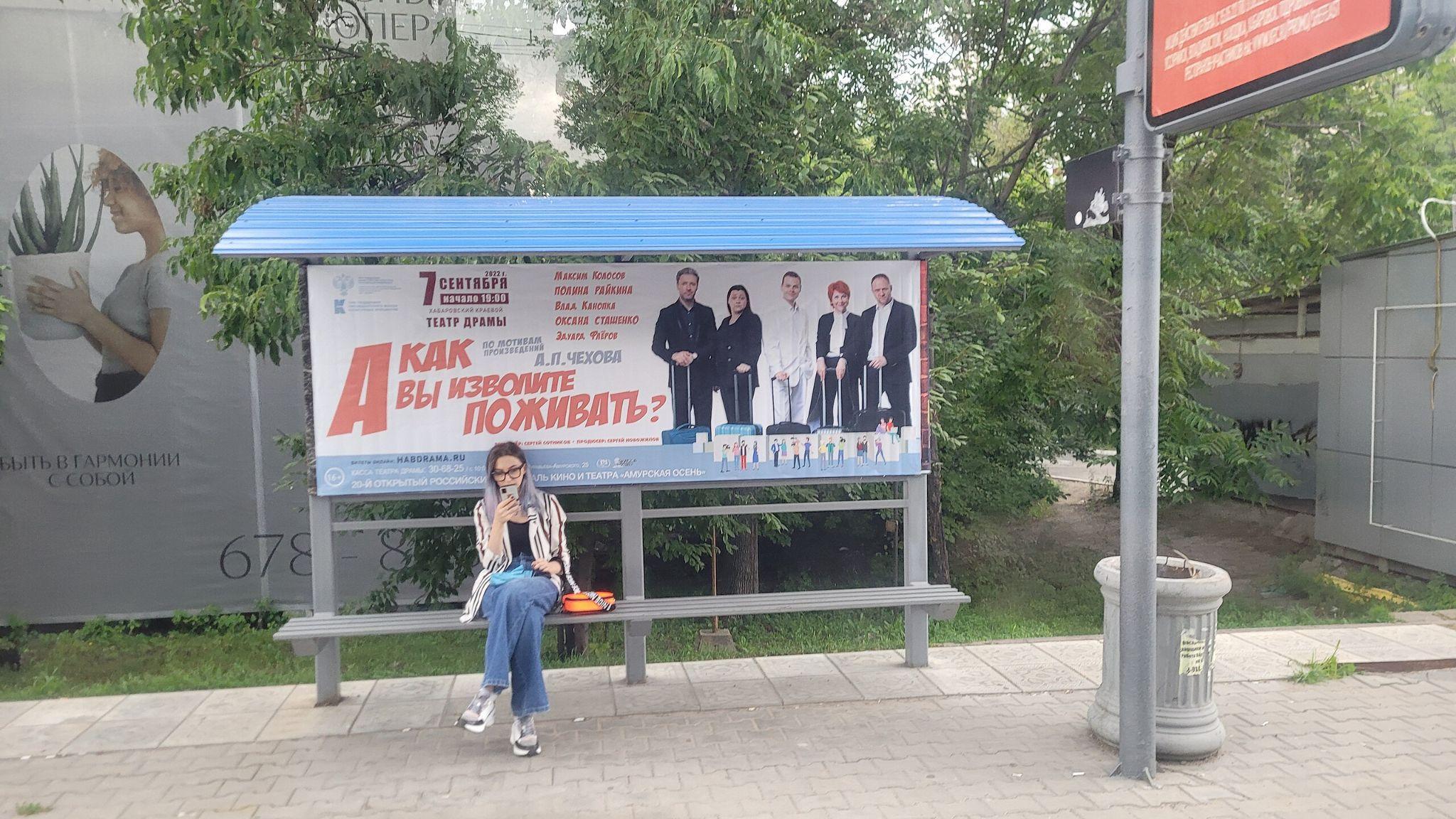
Around 630,000 people who live in Khabarovsk certainly hope there’s no danger to their communities. Nuclear radiation from the Chernobyl incident in 1986 spread extremely far, with residents of the entire town of Pripyat, 3 km from the plant, needing to be evacuated.
Khabarovsk’s location is near the China-Russia border (30 km or 19 miles) and about 500 km (800 miles) from Vladivostok. The size of Khabarovsk has surpassed Vladivostok in 2015, making it the largest city in the Russian Far East.
Echoes of Chernobyl
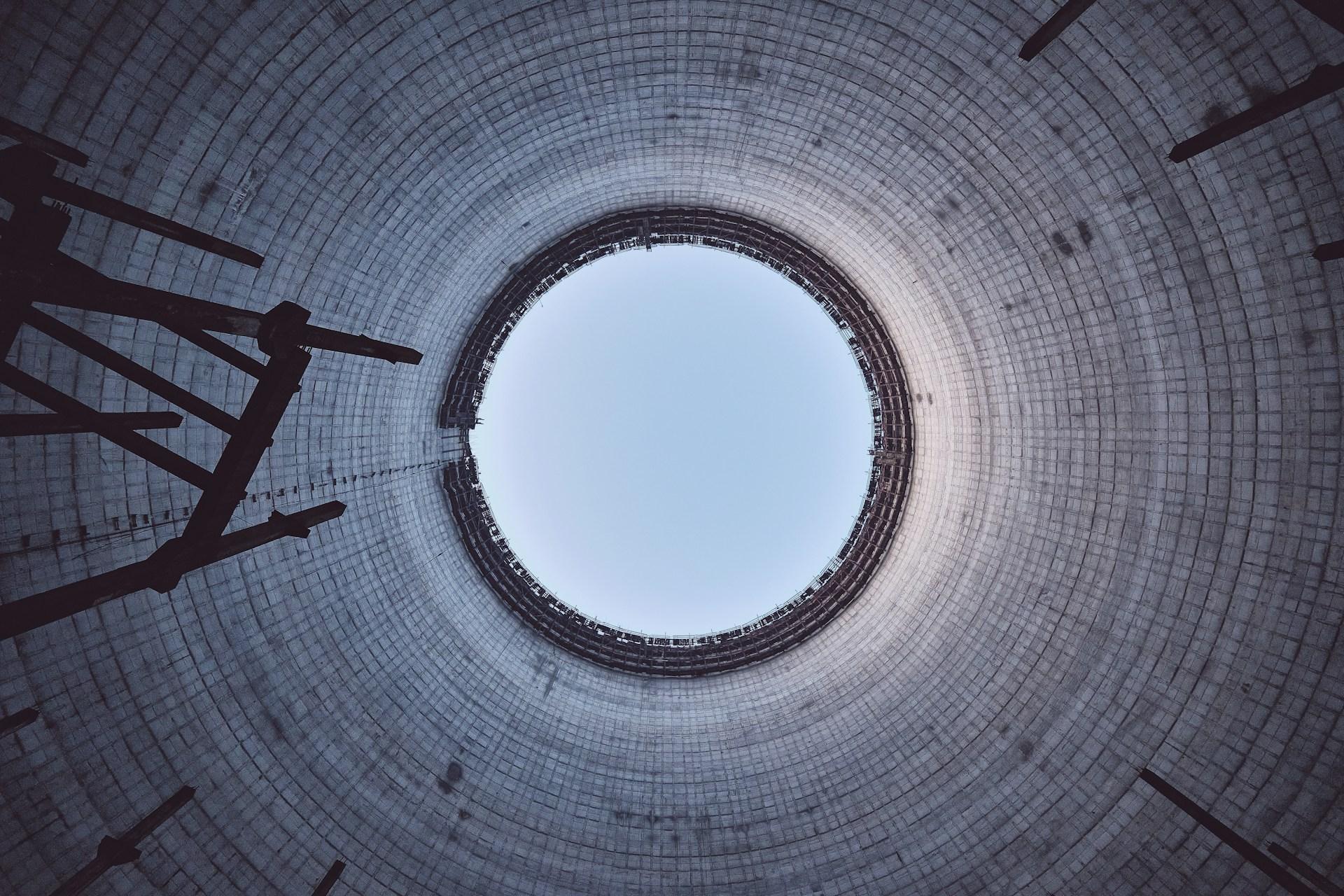
This incident in Khabarovsk might uncomfortably remind people anywhere in the world of the Chernobyl tragedy of the past. On April 26, 1986, the Number Four RBMK reactor at Chernobyl, Ukraine, ran amok during testing.
It led to an explosion, followed by fire, that demolished the reactor building. A huge amount of radiation was released into the atmosphere. The plant officials at that time ignored safety measures. The reactor’s uranium fuel overheated and melted through the barriers of protection.
The Problem with Chernobyl
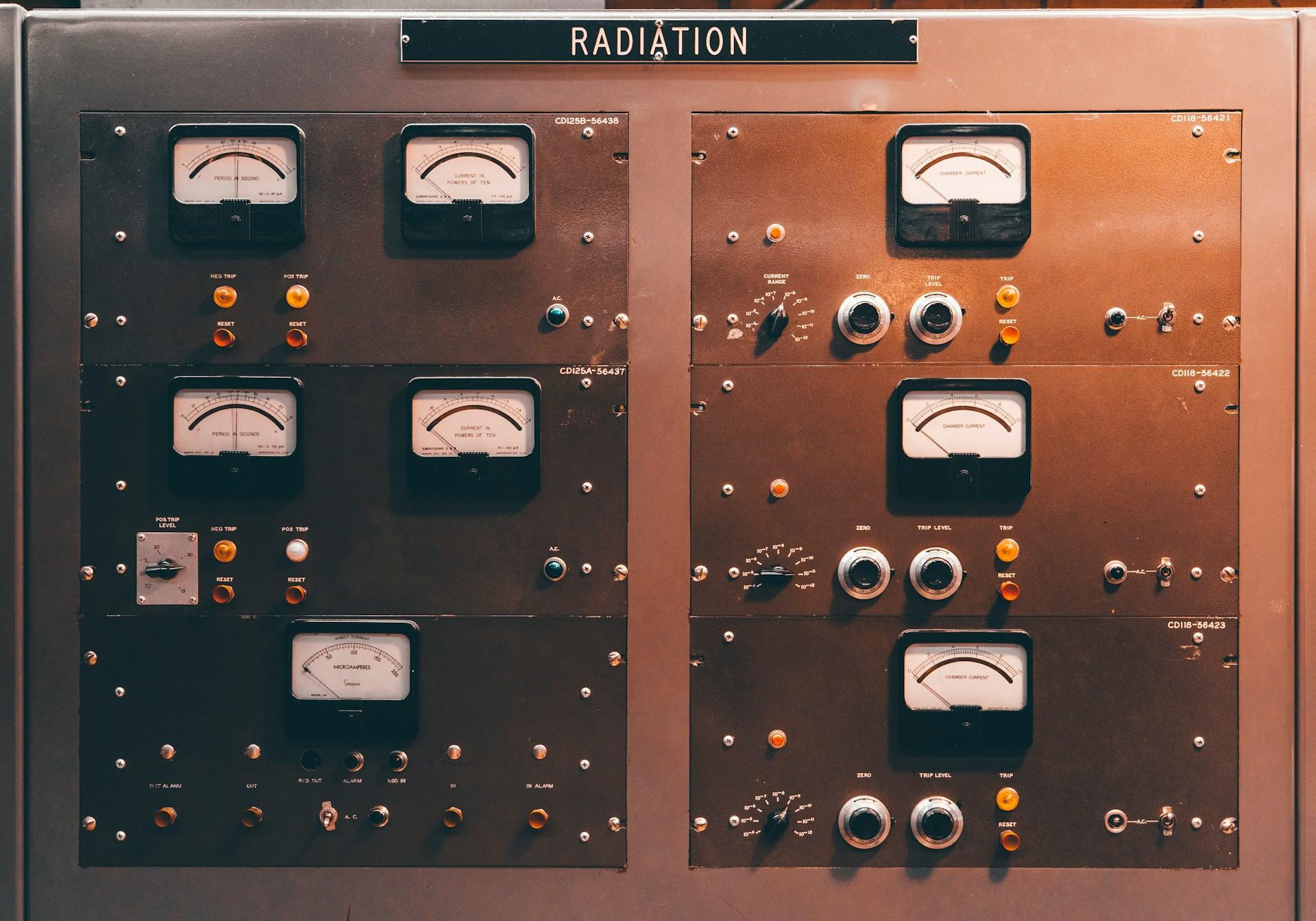
RBMK reactors also did not have a containment structure, dome of concrete and steel over the reactor to keep radiation contained inside the plant in case of an accident.
As a result, plutonium, iodine, strontium, and caesium—all radioactive elements—were dispersed over a wide area, requiring the nearby human settlements to be evacuated. Also, RBMK used graphite blocks as a moderating material, but they caught fire at high temperatures as air entered the reactor’s core. And this also contributed to the extreme levels of radioactivity in the environment.
Unimaginable Catastrophe
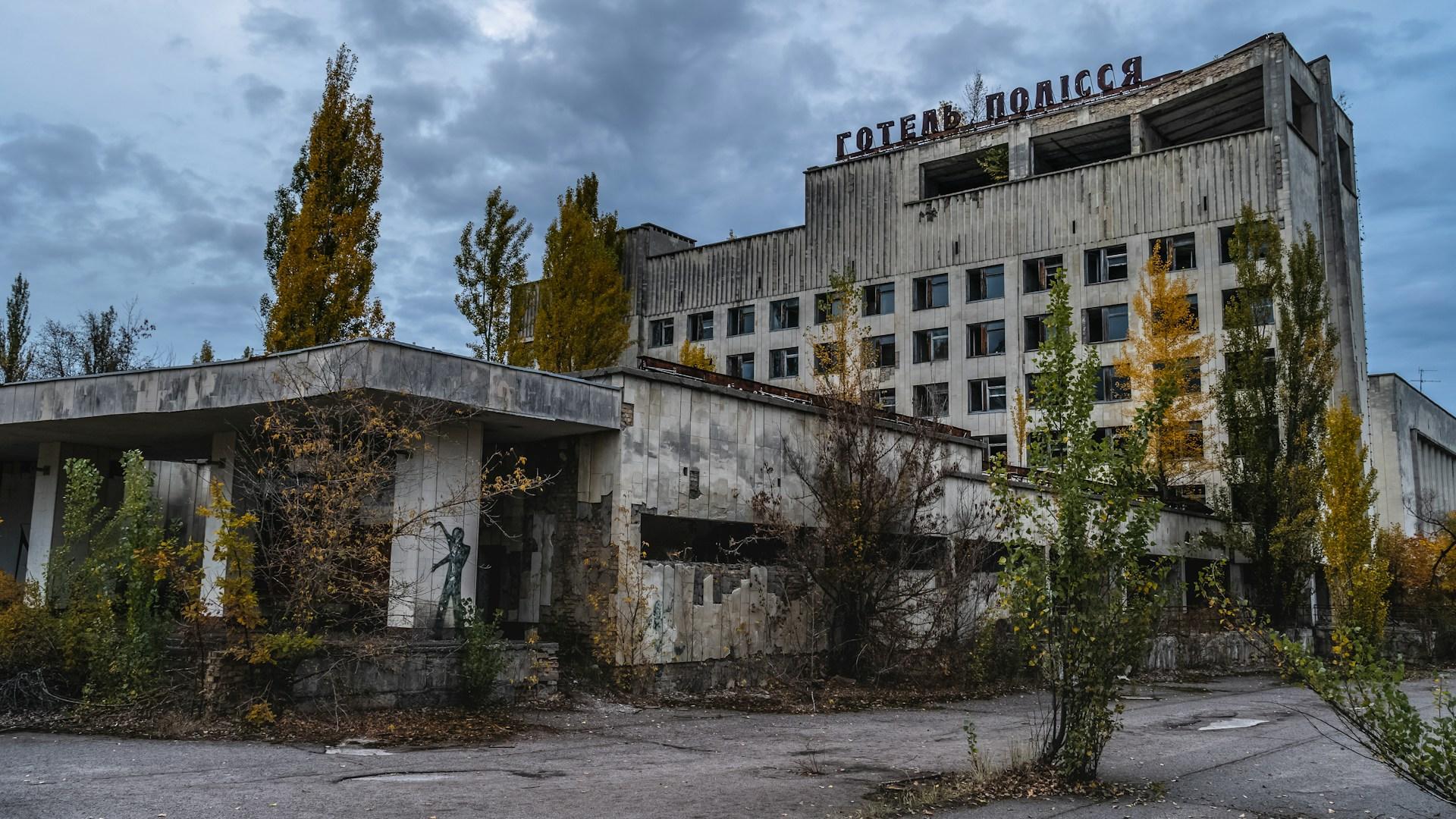
The number of casualties of the explosion itself were two workers. But 28 firemen and emergency clean-up workers died in the first three months after the explosion.
49,360 living in Pripyat were evacuated within 36 hours of the accident. An additional 67,000 people were also evacuated from contaminated areas and relocated by government mandate. In total, around 200,000 people were said to have been relocated to avoid risking their lives after the accident.
Clean-up Efforts
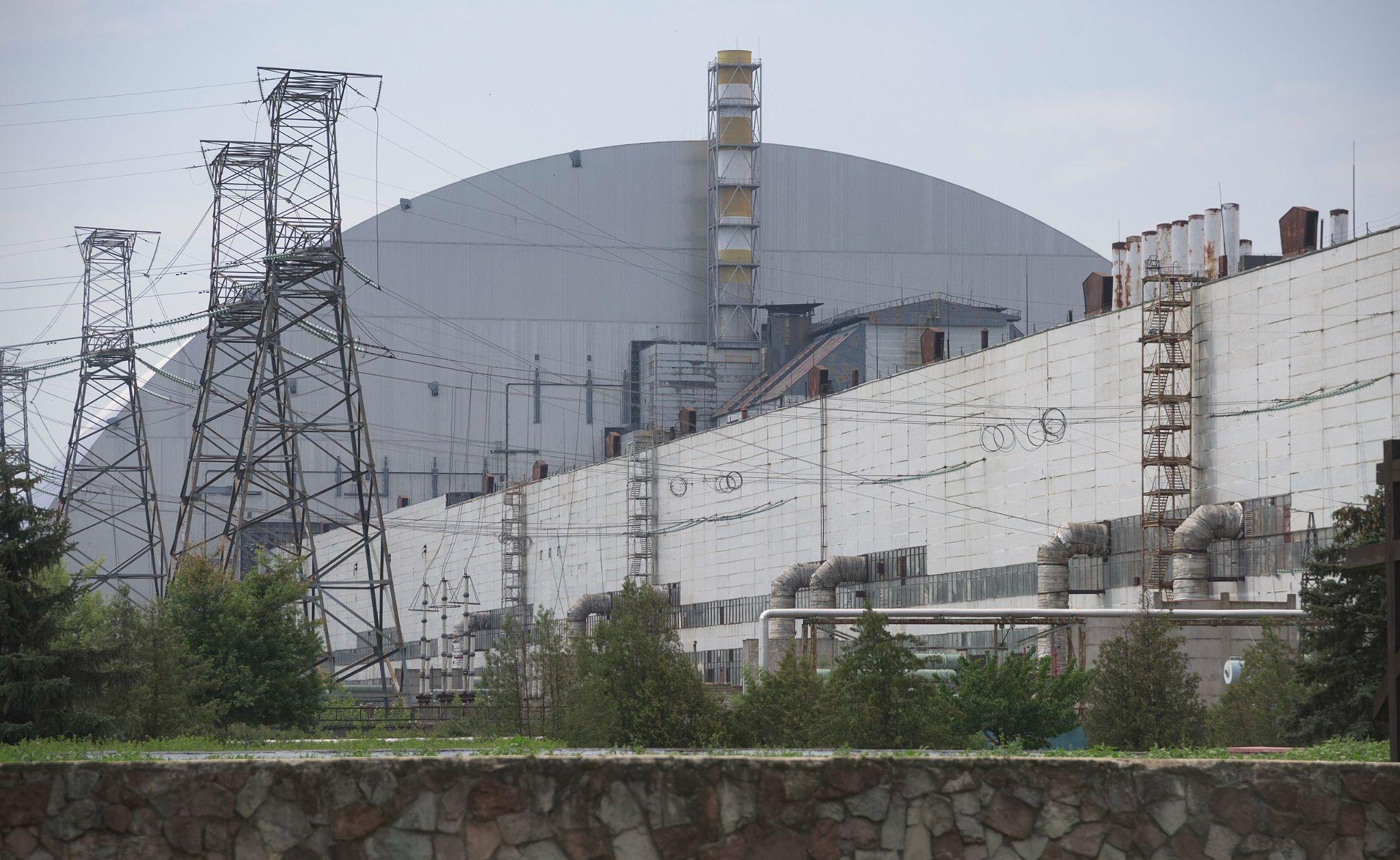
The clean-up effort took around 600,000 “liquidators,” who were sent in to handle various tasks, such as hosing down streets, cutting trees, and clearing debris. They also buried contaminated waste from the reactor underground.
A sarcophagus was then built to lock in 200 tons of radioactive corium, 30 tons of highly contaminated dust, and 16 tons of uranium and plutonium. Unfortunately, the sarcophagus deteriorated from radioactivity and needed to be replaced in 1996. In 2016, a New Safe Confinement shelter was put in place as a replacement.
A Cautionary Tale

The incident at Khabarovsk might be on a much smaller scale than Chernobyl, but nuclear radiation should never be underestimated. Chernobyl remains as a cautionary tale of the potential dangers of nuclear energy.
The officials at the Industrialny nuclear facility in Khabarovsk would do well to open their history books and learn from the past.








































